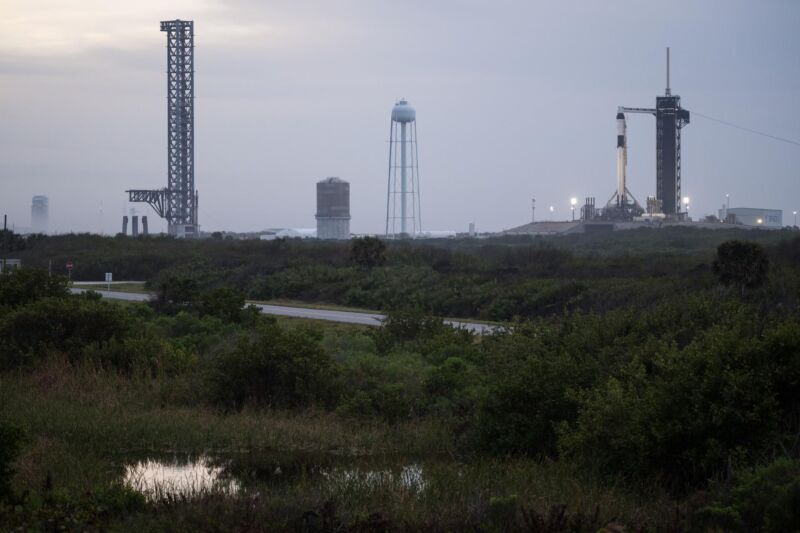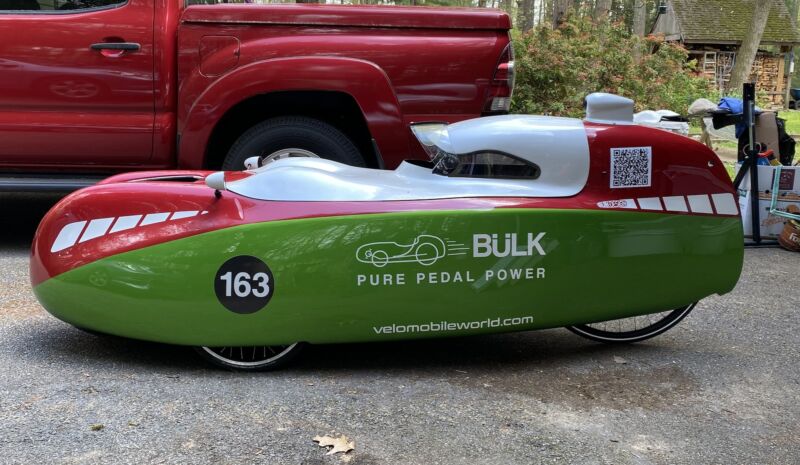-
 chevron_right
chevron_right
We take a stab at decoding SpaceX’s ever-changing plans for Starship in Florida
news.movim.eu / ArsTechnica · Monday, 20 May - 12:04

Enlarge / SpaceX's Starship tower (left) at Launch Complex 39A dwarfs the launch pad for the Falcon 9 rocket (right). (credit: NASA/Aubrey Gemignani )
There are a couple of ways to read the announcement from the Federal Aviation Administration that it's kicking off a new environmental review of SpaceX's plan to launch the most powerful rocket in the world from Florida.
The FAA said on May 10 that it plans to develop an Environmental Impact Statement (EIS) for SpaceX's proposal to launch Starships from NASA's Kennedy Space Center in Florida. The FAA ordered this review after SpaceX updated the regulatory agency on the projected Starship launch rate and the design of the ground infrastructure needed at Launch Complex 39A (LC-39A), the historic launch pad once used for Apollo and Space Shuttle missions.
Dual environmental reviews
At the same time, the US Space Force is overseeing a similar EIS for SpaceX's proposal to take over a launch pad at Cape Canaveral Space Force Station, a few miles south of LC-39A. This launch pad, designated Space Launch Complex 37 (SLC-37 ), is available for use after United Launch Alliance's last Delta rocket lifted off there in April.










